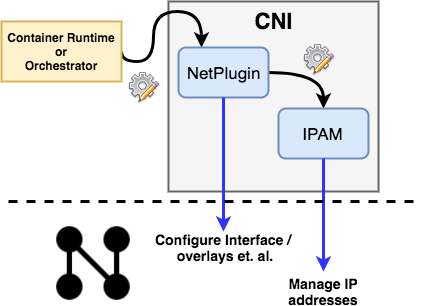The State of the Net Today – Why we must Act now for its Future
At the Internet Society, we are worried about the state of the Internet today. This global “network of networks” is now a critical part of our daily lives. We use it to communicate and connect with our families, friends, co-workers and customers. It is the engine that powers the global economy. It is our source of entertainment, of education, and of information. The Internet brings so many opportunities to all.
But… those opportunities are now under attack from several threats:
- Lack of trust – We now find ourselves asking key questions: how can we trust that the information we see online is accurate? How do we know we are communicating with the correct people?
- Security of the core of the Internet – The core infrastructure that creates the network of networks is now under constant attacks. Botnets, DDoS attacks, routing attacks – the public core of the Internet needs protection.
- The explosion of connected devices – We are connecting almost everything to the Internet, and this “Internet of Things (IoT)” is being largely connected with little concern for security.
- The growing divide between the connected and unconnected – Over 40% of the world’s people are not connected to the Internet, Continue reading
 Wireless networks aren’t easy, just ask the cable companies.
Wireless networks aren’t easy, just ask the cable companies. The vendor is looking to distribute compute needs between the baseband and RF.
The vendor is looking to distribute compute needs between the baseband and RF. Rook helped support HBO’s Game of Thrones season 7 premier.
Rook helped support HBO’s Game of Thrones season 7 premier. FCC Chairman Ajit Pai compared the proposal to a lead balloon made out of a Ford Pinto.
FCC Chairman Ajit Pai compared the proposal to a lead balloon made out of a Ford Pinto. Download the Huawei Case Study, . If telecom operators want to remain relevant and competitive in today’s evolving digital world, they will have to face the prospect of a digital transformation—and to do so, they will need to upgrade from their rigid legacy business systems to a digital-first environment. This new value-driven business model must be...
Download the Huawei Case Study, . If telecom operators want to remain relevant and competitive in today’s evolving digital world, they will have to face the prospect of a digital transformation—and to do so, they will need to upgrade from their rigid legacy business systems to a digital-first environment. This new value-driven business model must be... 